Lower Silesia: nature, history and culture
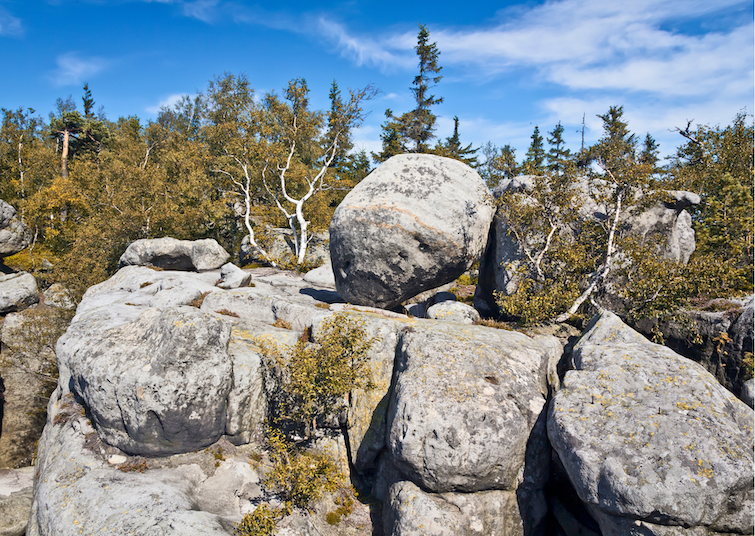
Lower Silesia found itself within the borders of Poland relatively recently, as a result of Allied arrangements after the end of World War II. In a sense, however, it can be described as a historically Slavic land, which the Polish state lost at the end of the 14th century. For almost 600 years, Lower Silesia changed hands - Czech, Austrian, Prussian and finally German rulers ruled here.
Today, Lower Silesia is one of Poland's most interesting tourist regions not only for its history, but also for its nature. It is here that the Karkonosze National Park and the Table Mountains National Park are located, as well as the Land of Extinguished Volcanoes. That is why today we invite you on a short journey through this beautiful region.
Wrocław
We wrote a separate article about the capital of Lower Silesia, which you can read here. Let us just remind you that it is a thoroughly European city, which has a lot to offer to the visiting tourist. Called the "Polish Venice", it enchants with over a hundred bridges and footbridges, numerous rivers, canals and islands. Its multiculturalism and complex history can be seen in its architecture at every turn - Gothic, Renaissance, Baroque, Art Nouveau, Modernism, the national style of the Third Reich, Socialist Realism and Post-Modernism coexist peacefully side by side, although not always in style.
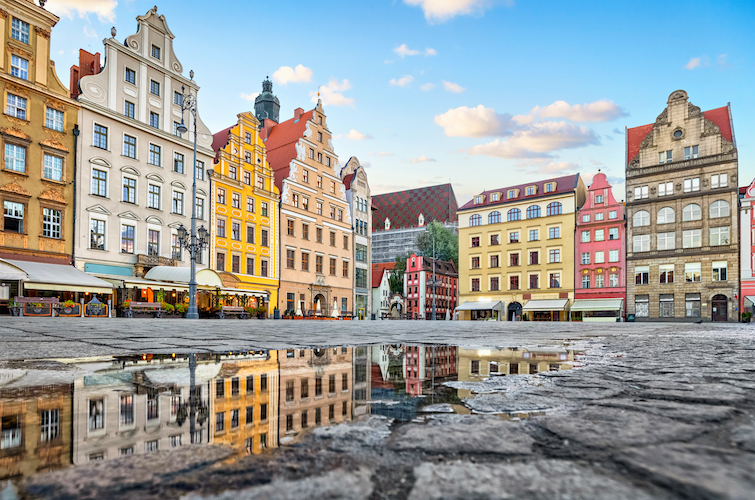
Wrocław's attractions include the Old Town with its famous Market Square, the Cathedral Island with St. John's Cathedral, the amazing Centennial Hall, the Japanese garden in Szczytnicki Park, over 200 bridges and footbridges and the ubiquitous dwarves.
Karkonosze
The Karkonosze is a mountain range in the Western Sudetes, one of the most beautiful in Poland and partly included in the Karkonosze National Park. It is worth visiting for its beautiful scenery, numerous hiking trails - including the most popular ones to Śnieżka, Szrenica or Kopa - rich flora and fauna (if you are lucky, you may come across the wildcat, a predatory mammal that is a symbol of these mountains), and numerous historical monuments - palaces, castles or wooden churches.
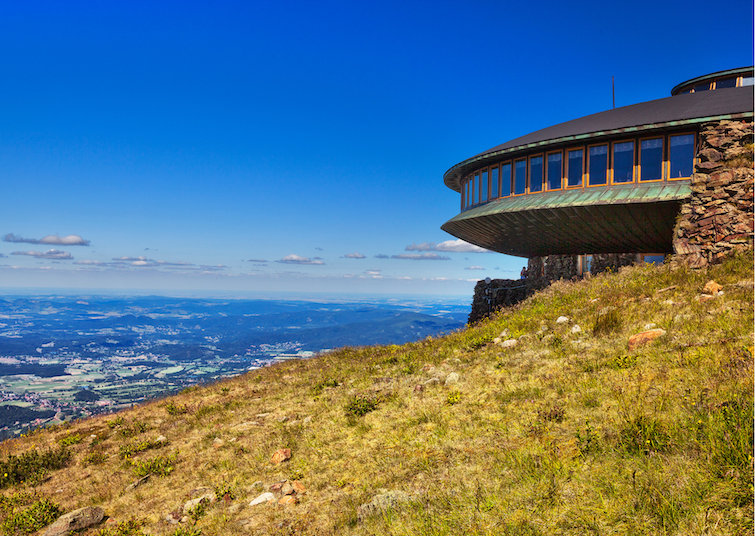
It is worth mentioning that the Karkonosze are also a popular destination for winter sports enthusiasts - there are many resorts offering excellent conditions for skiing, snowboarding and other snow sports.
Table Mountains National Park
Located in the Central Sudetes, the Table Mountains are a rarity on a European scale. Their name comes from their flattened hilltops. Lying on the border between Poland and the Czech Republic, they are known for their characteristic rock formations.
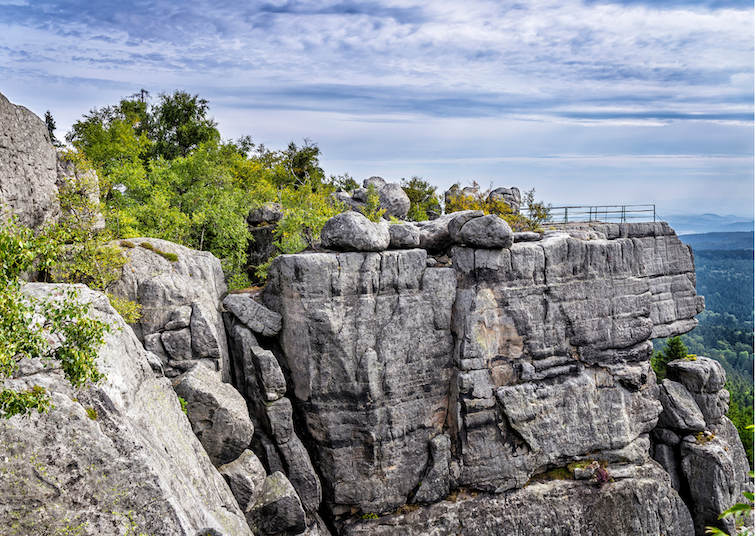
The most famous is undoubtedly Szczeliniec Wielki, from where you can admire the nearby rocks, deep gorges and forests that surround these mountains. Szczeliniec Wielki is also the site of legends and myths, which adds to its mysterious charm. Also very interesting are the Błędne Skały, a labyrinth of rock formations of various shapes and sizes. Walking among them, you can feel as if you are in another world and sometimes even get lost.
The Table Mountains are also a great place for hikers; climbers can conquer some of the steeper rock formations.
Churches of Peace in Świdnica and Jawor
The Churches of Peace are unique monuments of sacred architecture that have important historical and cultural significance. They were built as a symbol of peace and reconciliation between Catholics and Protestants and were made possible by the arrangements of the Peace of Westphalia, which ended the Thirty Years' War.
Although the churches of peace were intended to bear witness to the end of religious feuds, their construction was subject to injunctions and prohibitions by the victorious Catholics: they were to be built only of perishable materials such as wood, clay, straw and sand, could not be located within the city limits or have towers, bells or a traditional shape. Moreover, their construction had to be completed within a year and the entire cost was to be borne by Protestants.
In total, three such churches were built: in Świdnica, in Jawor and in Głogów. The churches in Świdnica, which was even listed by UNESCO, and Jawor have survived to the present day, while the one in Głogów burnt down in the 18th century.
The Książ Castle
Książ Castle, located near Walbrzych in Lower Silesia, is one of the largest and most impressive castles in Poland. Its history dates back to the Middle Ages, when there was a wooden fortified castle here. Later, the castle underwent many changes and was extended several times until it finally became the residence of the Silesian princes.
During the Second World War, Książ Castle was used by the German government as a refuge and general quarters. Its dungeons were also a place where valuable works of art were stored. Today, you can visit these dungeons and feel their mysterious atmosphere first-hand.
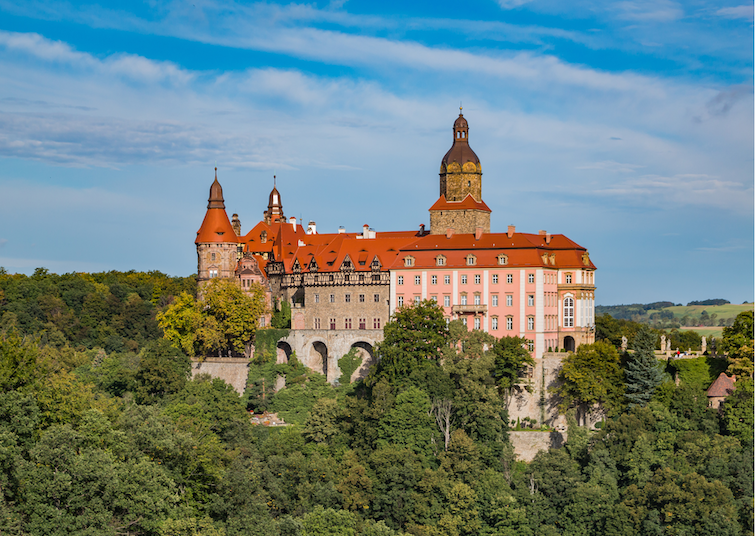
There are many legends and mysteries associated with Książ Castle: lost treasures, underground tunnels, the phantom of the owner Princess Daisy von Pless are just some of them that ignite the curiosity of lovers of all things mysterious.
Where to rent a Carwiz car in Lower Silesia?
If our article has encouraged you to visit this amazing region, be sure to book a car and take a trip around Lower Silesia. You can find us at the airport in Wrocław, where we are waiting for you from 8 a.m. to 9 p.m., as well as outside office hours if necessary.
You can contact us at (+48) 666 354 388 or write to us at wro@carwiz.pl. See you there!